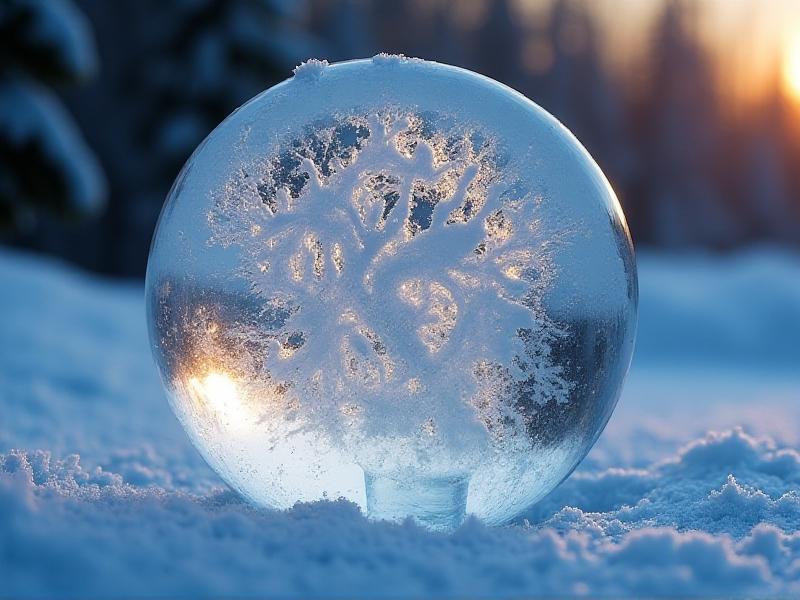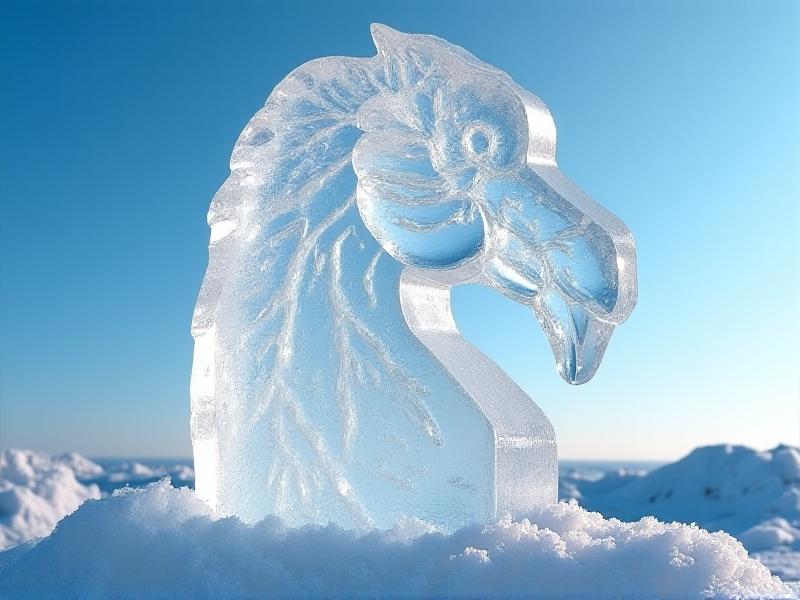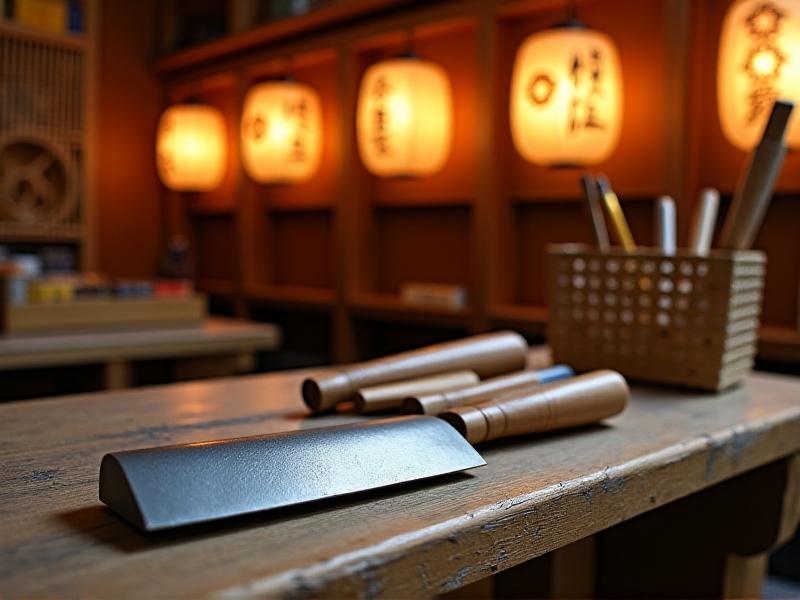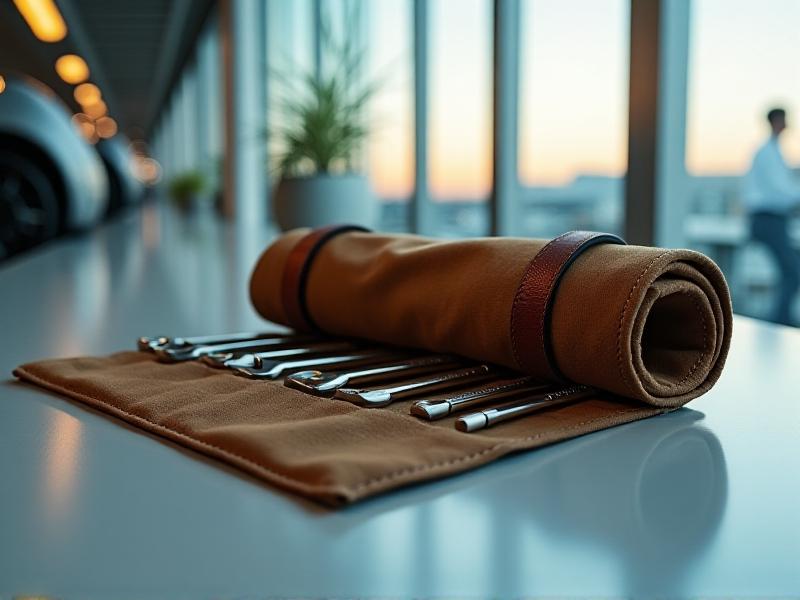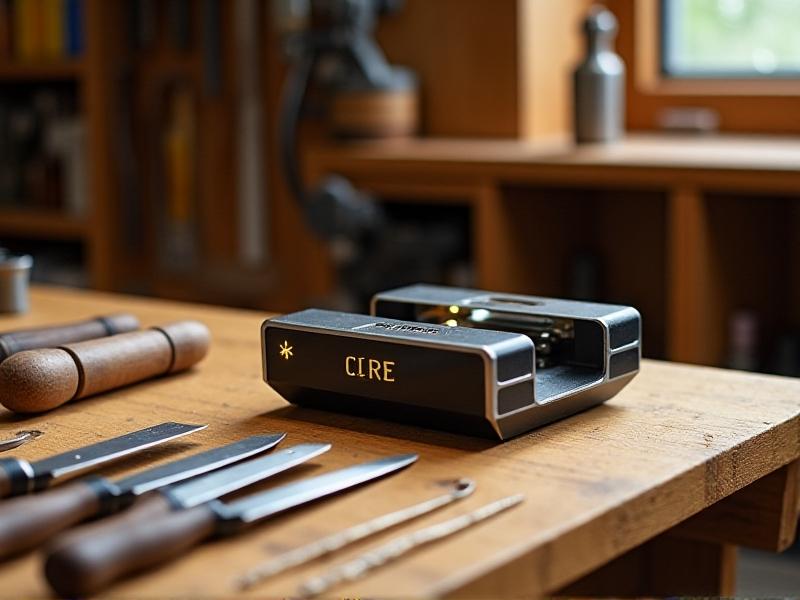Optimal Humidity Levels for Ice Sculpture Preservation
The Science Behind Ice Sculpture Preservation
Ice sculptures are a stunning blend of art and science, but their ephemeral nature makes preservation a challenge. One of the most critical factors in maintaining the integrity of an ice sculpture is humidity. Understanding the science behind humidity and its impact on ice is essential for anyone looking to preserve these delicate works of art. Humidity refers to the amount of water vapor present in the air, and it plays a significant role in how quickly ice melts or sublimates. When humidity levels are too high, condensation can form on the sculpture, accelerating melting. Conversely, low humidity can cause sublimation, where ice transitions directly from a solid to a gas, leading to a loss of detail and structure. The key is to find the optimal humidity level that minimizes both melting and sublimation, ensuring the sculpture remains intact for as long as possible.
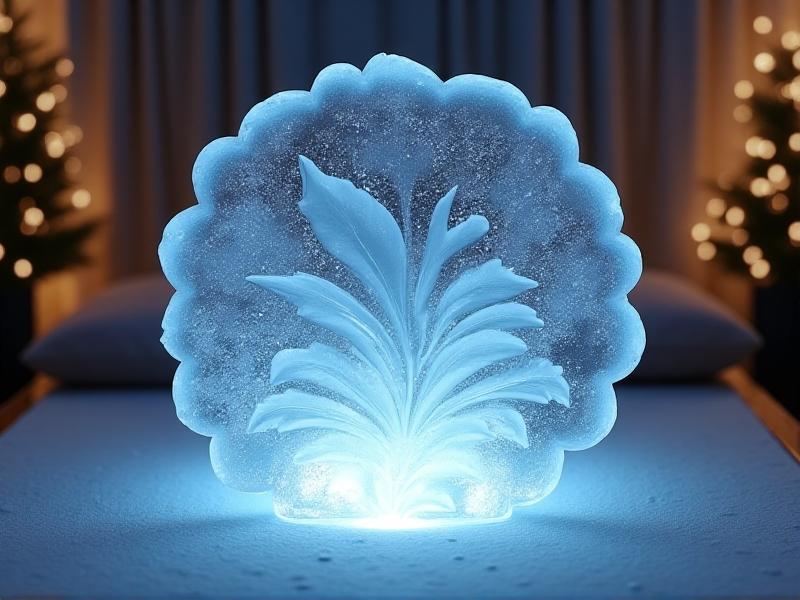
Why Humidity Matters in Ice Sculpture Preservation
Humidity is a double-edged sword when it comes to ice sculpture preservation. On one hand, it can help maintain the sculpture's shape by reducing sublimation. On the other hand, excessive humidity can lead to condensation, which accelerates melting. The ideal humidity level for preserving ice sculptures typically falls between 30% and 50%. This range strikes a balance between preventing sublimation and minimizing condensation. In environments with higher humidity, such as tropical climates, additional measures like dehumidifiers or air conditioning may be necessary to maintain this balance. Conversely, in arid environments, humidifiers can help prevent the sculpture from drying out too quickly. Understanding the specific humidity conditions of the environment where the sculpture will be displayed is crucial for effective preservation.
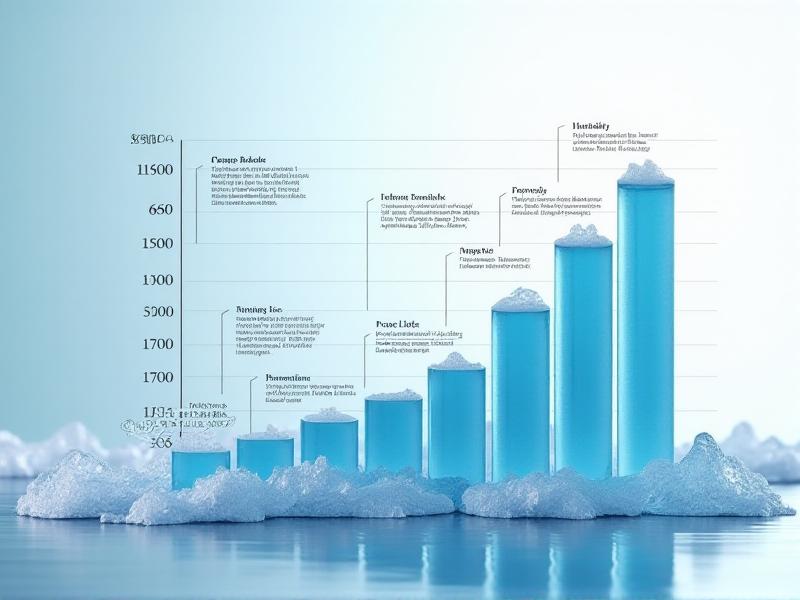
Tools and Techniques for Measuring Humidity
Accurately measuring humidity is the first step in ensuring optimal conditions for ice sculpture preservation. Hygrometers are the most common tools used for this purpose. These devices measure the amount of moisture in the air and provide readings that can help you adjust the environment accordingly. Digital hygrometers are particularly useful because they offer precise measurements and often come with additional features like temperature readings. For larger displays, such as those at events or exhibitions, it may be necessary to use multiple hygrometers placed at different locations to ensure consistent humidity levels throughout the space. Additionally, some advanced systems integrate hygrometers with climate control devices, allowing for automated adjustments to maintain the desired humidity range. Regular monitoring and calibration of these tools are essential to ensure their accuracy and reliability.
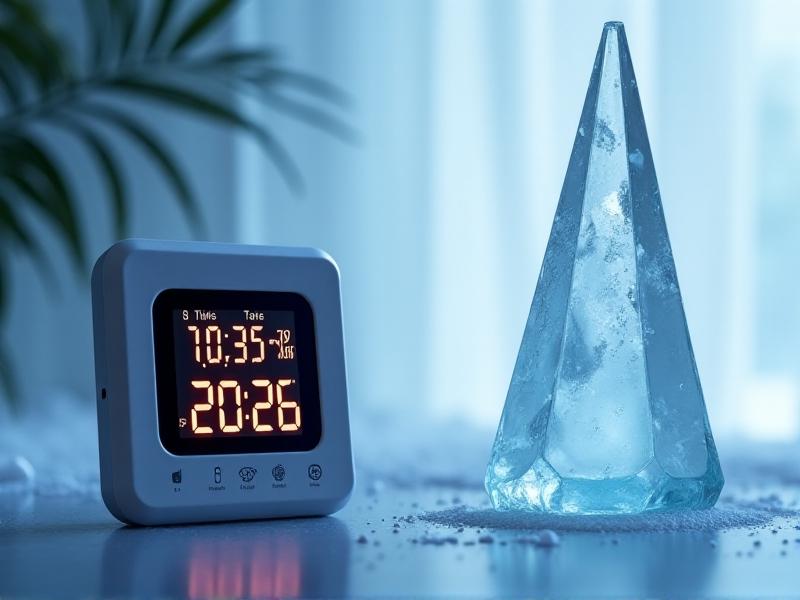
Creating the Ideal Environment for Ice Sculptures
Creating the ideal environment for ice sculptures involves more than just controlling humidity. Temperature, airflow, and lighting also play significant roles. The temperature should ideally be kept just below freezing, around -5°C to -10°C, to slow down melting without causing the sculpture to become brittle. Airflow should be minimal to prevent uneven melting or drying, but some circulation is necessary to avoid stagnant air pockets that can lead to condensation. Lighting should be cool and indirect, as heat from lights can accelerate melting. LED lights are a popular choice because they emit minimal heat and can be positioned to highlight the sculpture's details without compromising its integrity. Combining these factors with optimal humidity levels creates a stable environment that maximizes the lifespan of the sculpture.
Common Mistakes in Ice Sculpture Preservation
One of the most common mistakes in ice sculpture preservation is neglecting to monitor humidity levels consistently. Even small fluctuations can have a significant impact over time. Another mistake is placing the sculpture in direct sunlight or near heat sources, which can cause rapid melting. Using improper lighting, such as incandescent bulbs, can also generate excess heat and compromise the sculpture's integrity. Additionally, failing to account for the specific conditions of the display environment, such as outdoor events or humid indoor spaces, can lead to unexpected issues. To avoid these pitfalls, it's essential to plan ahead, use the right tools, and continuously monitor the environment to ensure the sculpture remains in pristine condition.
Case Studies: Successful Ice Sculpture Preservation
Examining real-world examples of successful ice sculpture preservation can provide valuable insights. For instance, at the annual Ice Magic Festival in Canada, sculptures are displayed in a controlled environment with humidity levels maintained at around 40%. This approach has allowed sculptures to remain intact for several days, even in varying weather conditions. Another example is the use of portable cooling units at outdoor weddings, where humidity and temperature are carefully regulated to prevent melting. These case studies demonstrate the importance of planning, the right equipment, and continuous monitoring in achieving successful preservation. By learning from these examples, you can apply similar strategies to your own projects and ensure the longevity of your ice sculptures.
Future Innovations in Ice Sculpture Preservation
As technology advances, new methods for preserving ice sculptures are emerging. One promising innovation is the use of nanotechnology to create protective coatings that slow down melting and sublimation. These coatings are transparent and do not alter the sculpture's appearance, making them an ideal solution for long-term preservation. Another development is the integration of smart sensors with climate control systems, allowing for real-time adjustments to humidity and temperature. These sensors can provide alerts if conditions deviate from the optimal range, enabling quick corrective actions. Additionally, researchers are exploring the use of alternative materials that mimic the appearance of ice but are more durable and less susceptible to environmental factors. These innovations have the potential to revolutionize the field of ice sculpture preservation, making it easier to maintain these delicate works of art for extended periods.
